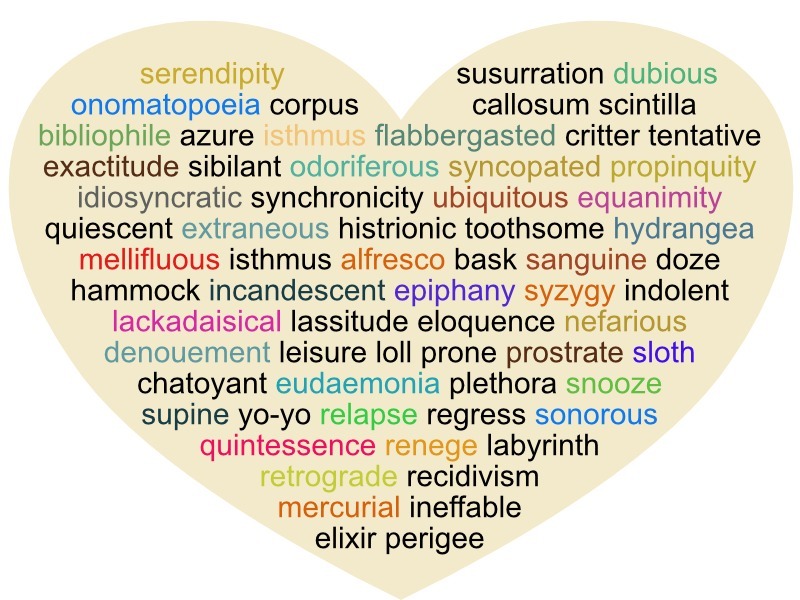search
date/time
 | Yorkshire Times A Voice of the Free Press |

Paul Spalding-Mulcock
Features Writer
@MulcockPaul
1:01 AM 8th July 2023
arts
Word Of The Week: Chatoyant

Percy Shaw patented his reflective road stud, or ‘cats’ eye’ in 1934, however there is no record of him ever having described its iridescent twinkle as Chatoyant. Neither did our Halifax-born inventor employ the terms nacreous, opalescent, or even polychromatic. Perhaps he did not require a coruscating vocabulary, having found an alternative way for his legacy to shine!
The adjective, Chatoyant, is the past participle of the French verb chatoyer, meaning to shine like a cat’s eyes, chat being the French for cat. The feline ocular organ is particularly complex in structure and perfectly reflects any light source meeting its multifaceted internal arrangements, therefore seeming to be lit from within.
In gemmology, chatoyancy, or the cat’s eye effect is an optical reflectance occasioned by the fibrous structure of a particular type of gemstone such as Tiger’s Eye quartz and can be simulated beneath the surface of a cabochon-cut gemstone. Such jewels possess a twinkling lustre which appears to change in hue when viewed from different angles in the presence of a direct light source.

Image by Михаил Прокопенко from Pixabay
Strictly speaking, Chatoyant applies to gemstones and means having a changeable lustre or colour, with an undulating band of white light. However, its most common usage is to imply the iridescent nature of a cat’s eye, glistening magically as though lit from within.
Such a colourful word lends itself to poets and lovers of purple prose alike, allowing imaginative scribes to riff on its refractive associations with the variegated interplay between light, and that which it touches.
Also by Paul Spalding-Mulcock...
Word Of The Week : CorpusThe Gallery, Slaithwaite: ‘Ten’ - A Birthday ExhibitionWord Of The Week : SibilantWord Of The Week : PropinquityWord Of The Week : IdiosyncrasyMore in this series...
Word Of The Week : CorpusWord Of The Week : SibilantWord Of The Week : PropinquityWord Of The Week : IdiosyncrasyWord Of The Week : MercurialWord Of The Week : RetrogradeWord Of The Week : LackadaisicalWord Of The Week : EudaemoniaWord Of The Week : ScintillaWord Of The Week : EpiphanyWord Of The Week: LassitudeWord Of The Week : FlabbergastWord Of The Week : SyzygyWord Of The Week: RecidivismWord Of The Week : LabyrinthWord Of The Week : IsthmusWord Of The Week : SusurrationWord Of The Week : Esemplastic